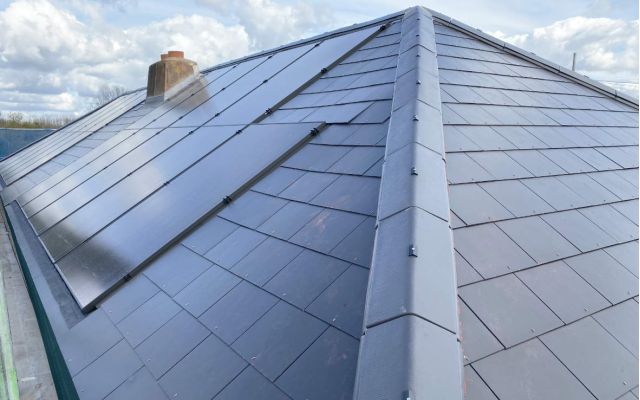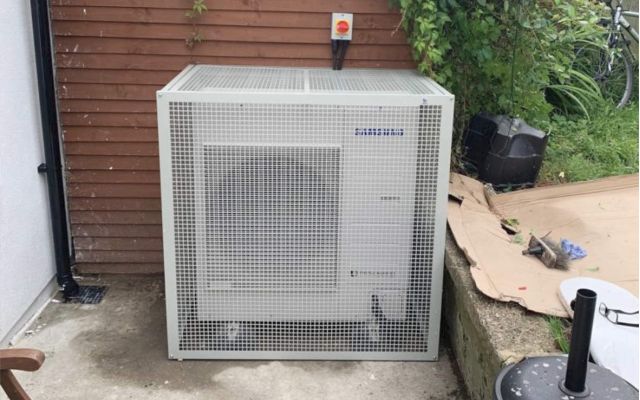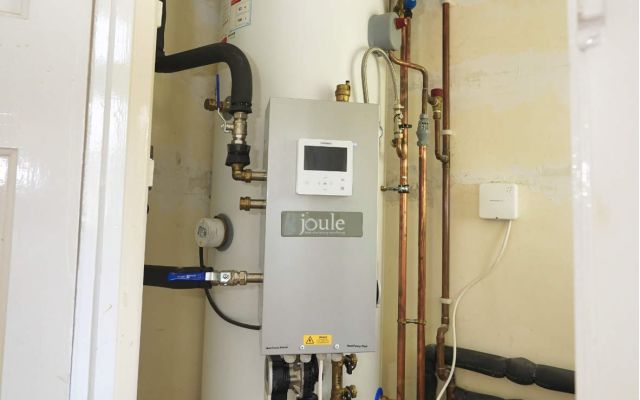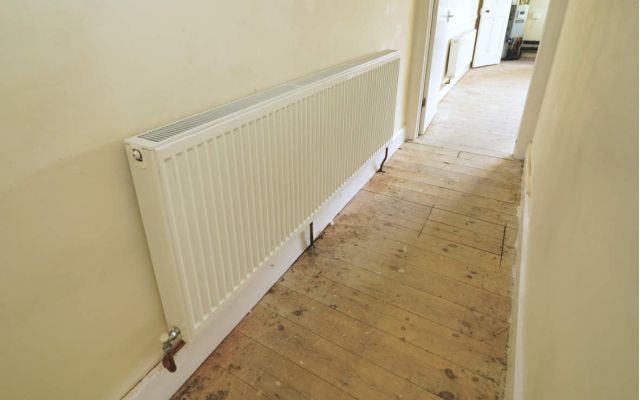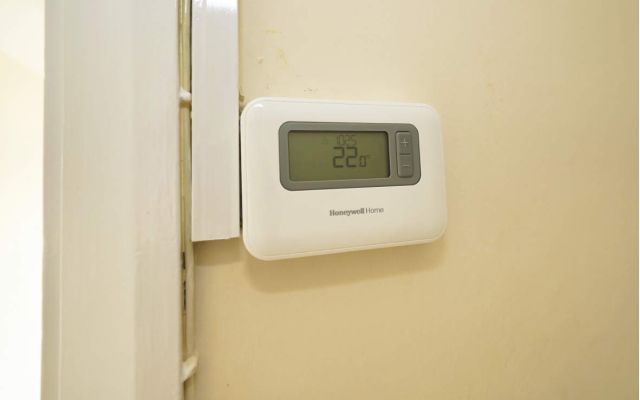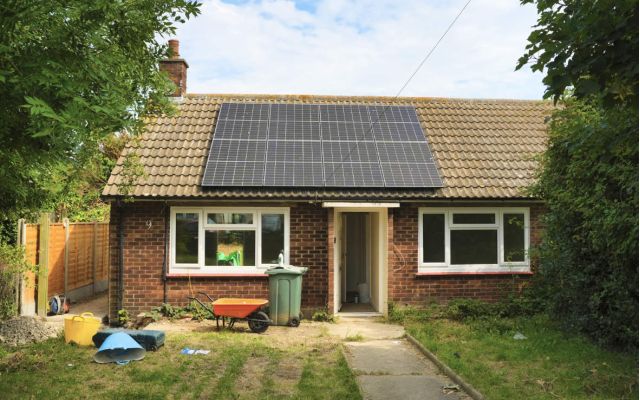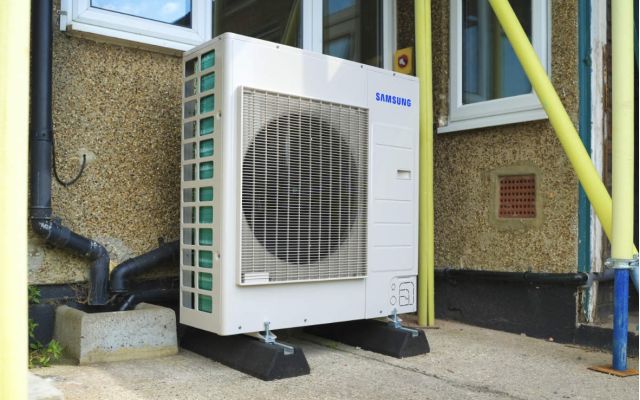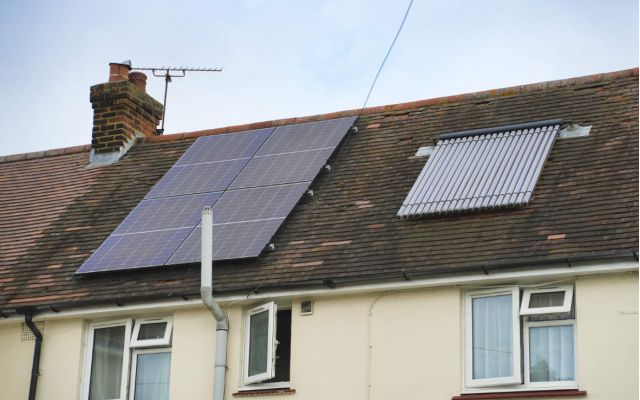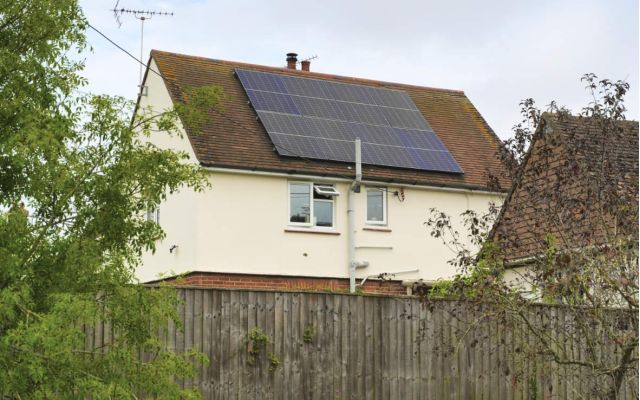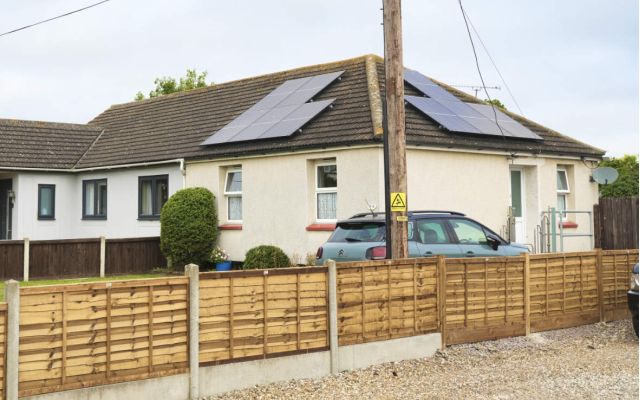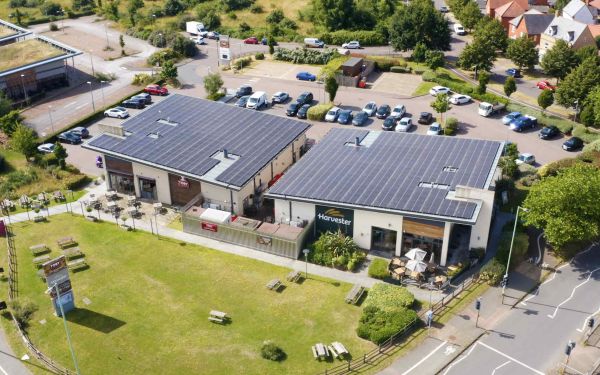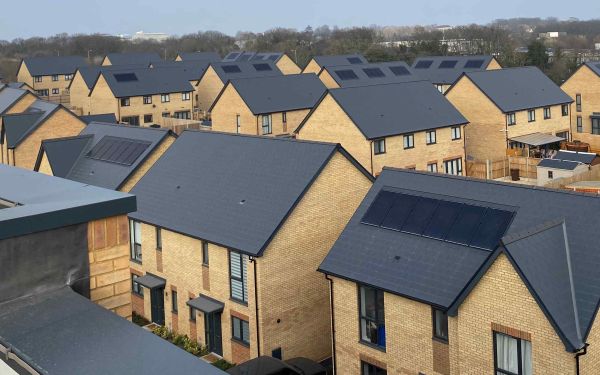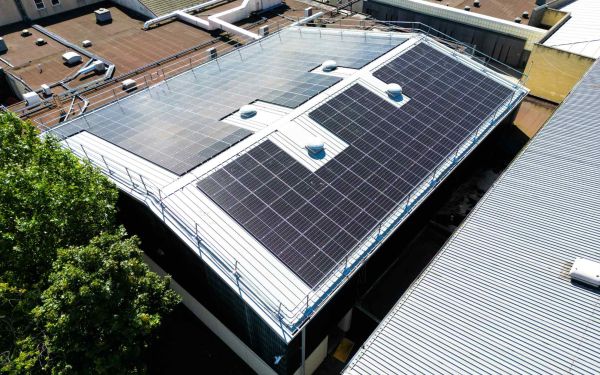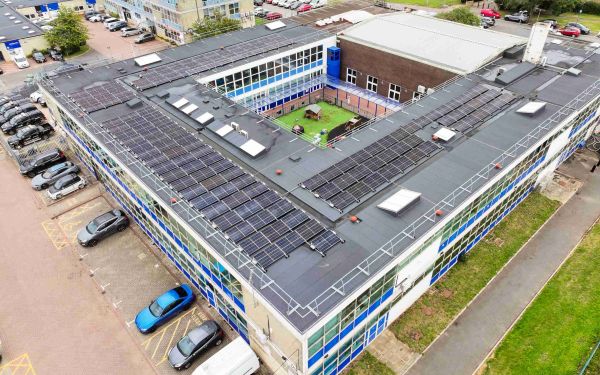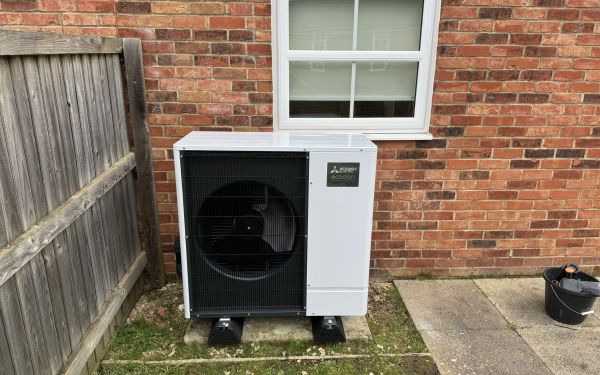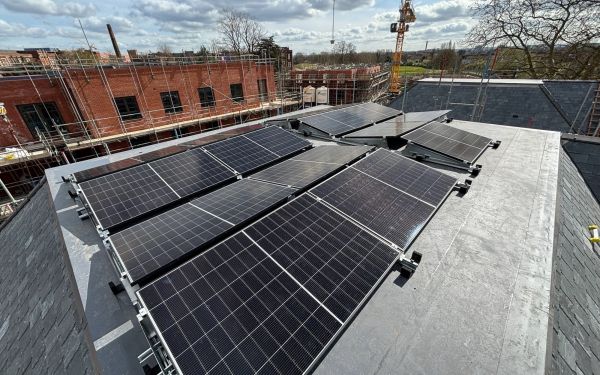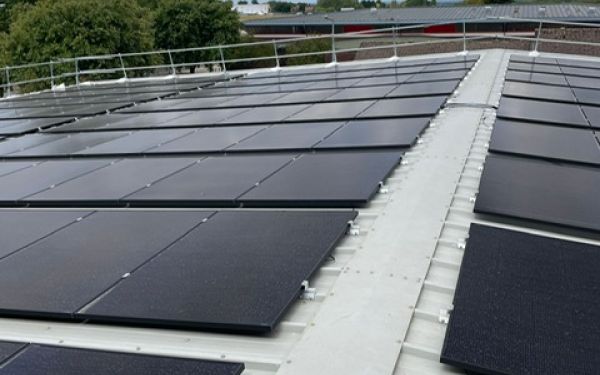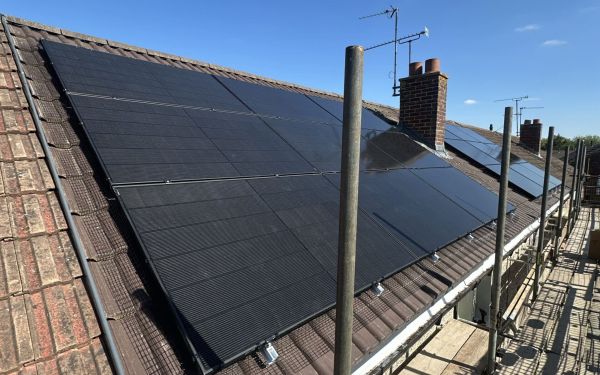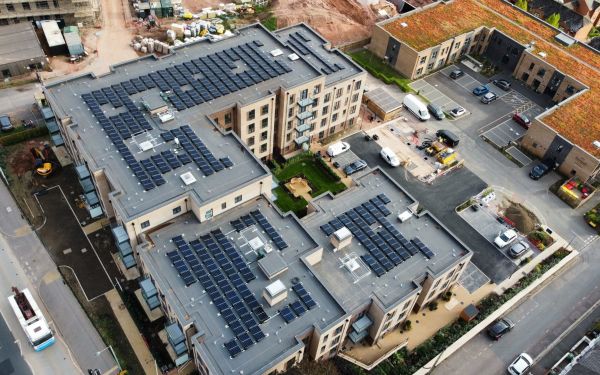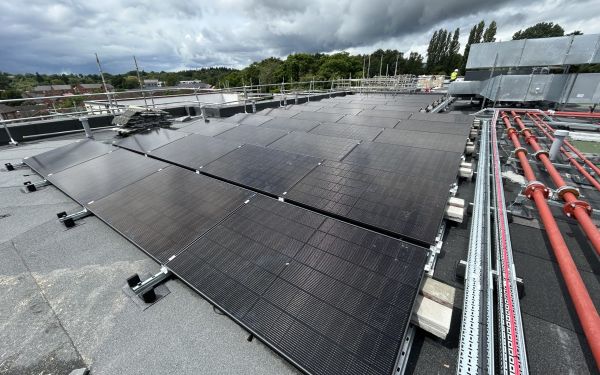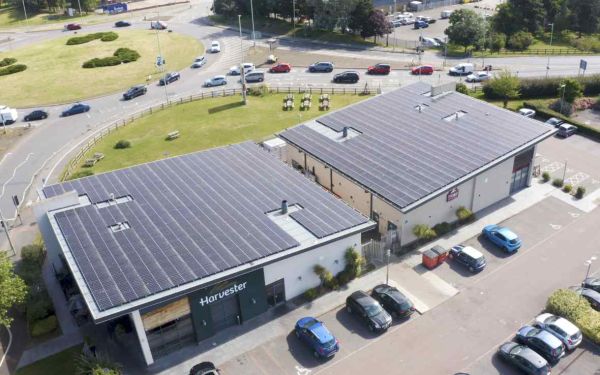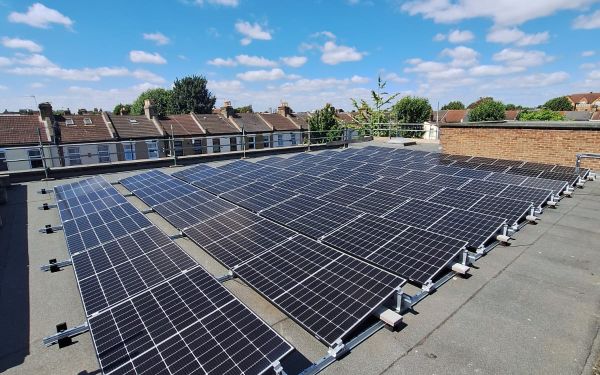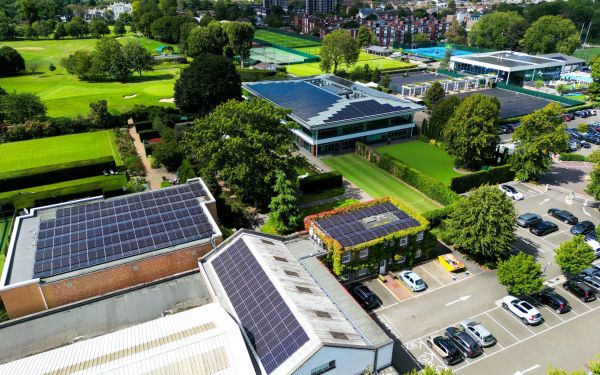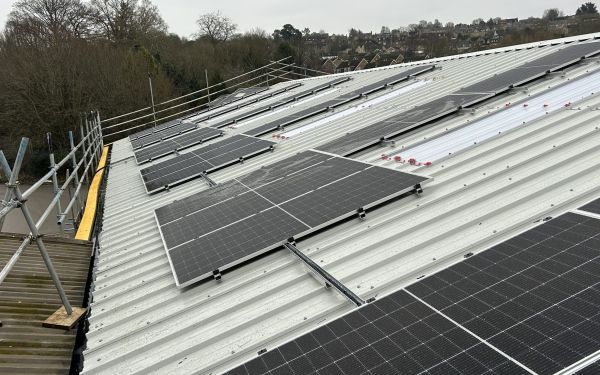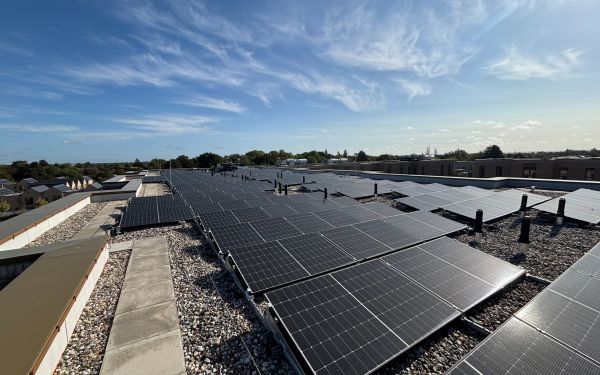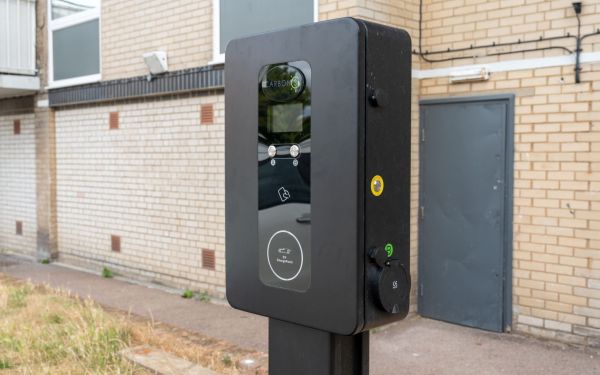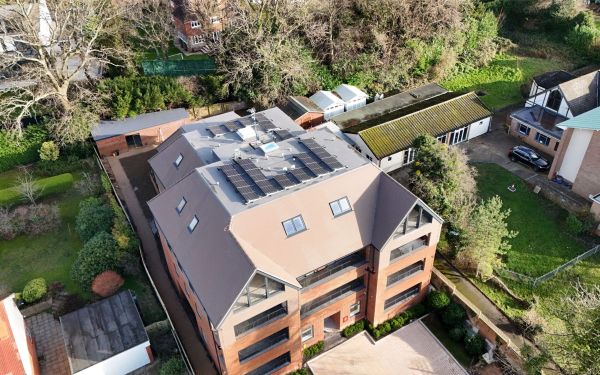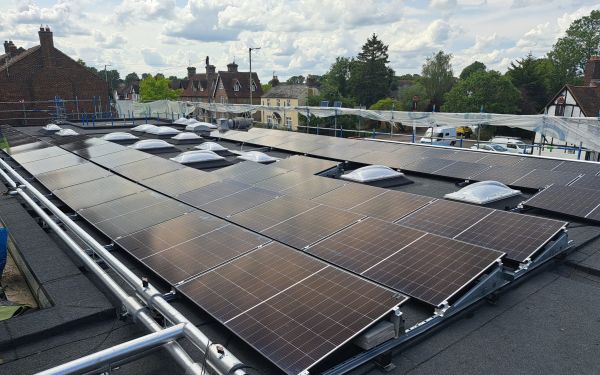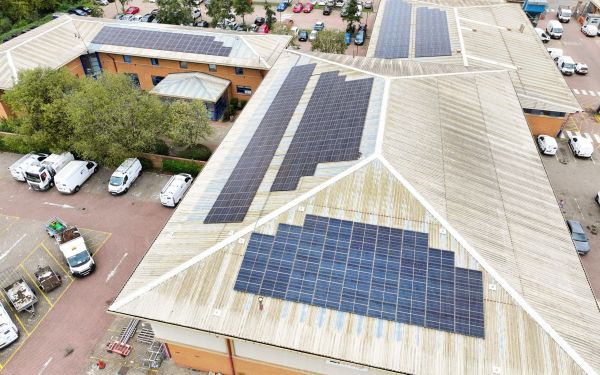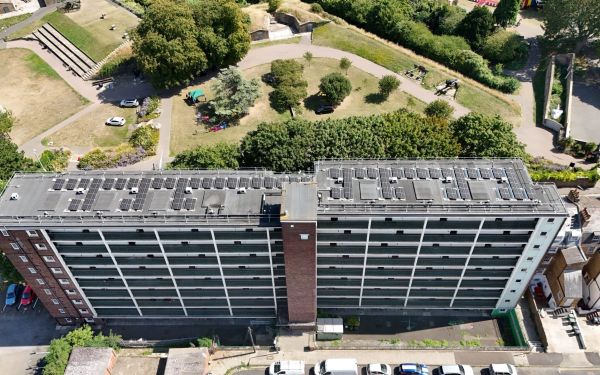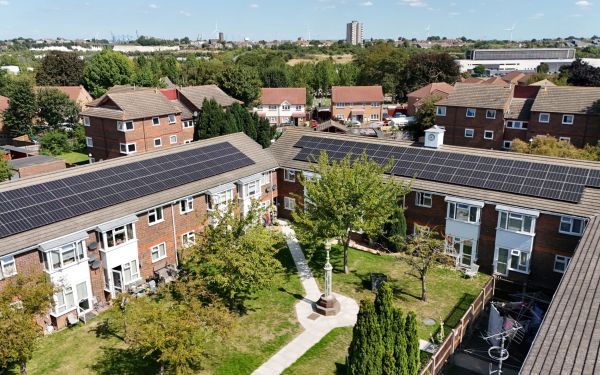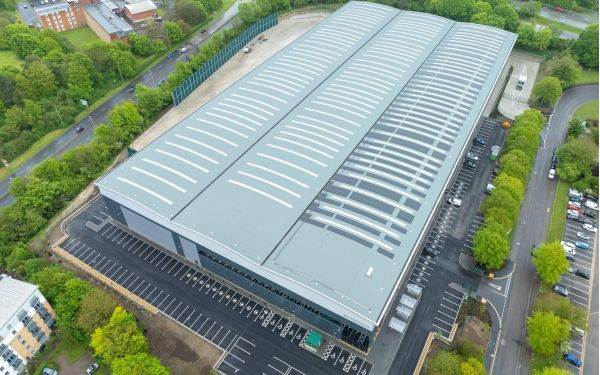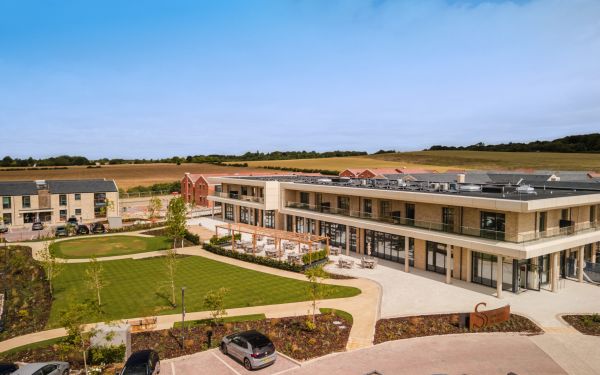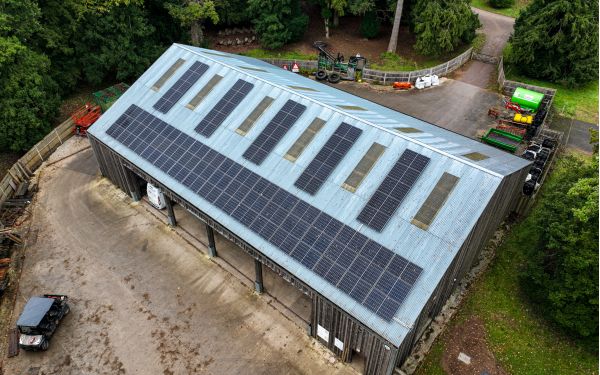
PAS 2035-Compliant Solar and Heat Pumps for Social Housing.
Social Housing
Solar PV
ASHP
518.3
484
440,516
1,045,017
112,331.6
127,413
£35,946.11
£40,772.16
£223.27
£550.98
Fighting fuel poverty with renewable energy.
The crisis: fuel poverty in a post-COVID world
Since the pandemic, residents in social housing have faced a difficult new reality: rising food prices, stagnant wages, and an unprecedented spike in energy bills. For many, this has turned energy from a basic utility into a source of stress and insecurity.
By 2023, it was estimated that over 6 million UK households were living in fuel poverty, unable to afford to heat their homes to a safe, comfortable level. In the winter, this can mean the difference between life and death for some residents.
For housing associations, this is a resident wellbeing emergency. The challenge? How to decarbonise their housing stock, meet net zero targets, and shield tenants from rising energy costs, all while keeping homes safe and liveable.
The project: affordable warmth at scale
The client, a major housing association managing over 20,000 homes across the South East, partnered with Carbon3 to deliver a large-scale retrofit of renewable energy systems to homes across its portfolio.
The project included:
- 161 homes with solar PV systems, totalling 518.3kWp
- 74 homes fitted with air source heat pumps (ASHPs), totalling 484kWp
- All works delivered in line with PAS 2035 standards and completed to schedule
- Resident access coordinated to ensure minimal disruption across fully occupied properties
Carbon3 worked directly with residents to explain the benefits, coordinate installation, and ensure works caused as little disruption as possible. Resident safety, communication, and comfort were prioritised at every stage.
In the words of a tenant:
“This has been such a lifestyle change and benefit to our family. We no longer have to worry about booking an oil delivery or increasing fuel prices.
“With the rising energy prices, we couldn’t afford to run all our appliances and heat our home so we would have to decide what we would prioritise – heating, cooking, or washing clothes. Now we don’t have that issue anymore and we’re even considering installing a battery to save our own surplus generated energy from the PV panels in summer.”
Why this matters for housing associations:
For social landlords, retrofitting homes with solar PV and ASHPs does more than improve EPC ratings or meet sustainability KPIs. It provides:
- Protection from fuel poverty
- Healthier, warmer homes
- Lower arrears and fewer complaints
- Progress toward net zero housing stock
Carbon3’s ability to deliver integrated retrofit projects at scale while maintaining tenant relationships and programme efficiency makes this a replicable model for other housing providers.
What set this project apart?
- Direct engagement with residents in occupied homes
- 100% compliance with PAS:2035 and retrofit design standards
- Live performance monitoring of PV systems for rapid maintenance response
- Option for battery upgrades and resident training on energy usage
- Supported by Carbon3’s in-house O&M team and dedicated client liaison officers
The takeaway for social housing providers:
If you’re managing large volumes of aging housing stock, solar PV and ASHPs offer immediate resident impact, long-term estate value, and a clear path toward your decarbonisation strategy.
Carbon3 helps housing associations like this one deliver whole-home energy upgrades with resident care, compliance assurance, and operational precision.
If you need help decarbonising your housing stock, call us now on 0300 303 56 88 for a no obligation quote.
